Summary
Rising to an impressive elevation, it stands as a testament to the breathtaking beauty of the region. With its sheer size and majestic presence, Great White Throne captivates mountaineers and nature enthusiasts alike.
During the winter season, the mountain experiences a variable snowpack range. Thanks to its elevation and geographical location, it often receives abundant snowfall, making it a desirable destination for winter sports enthusiasts. The snowpack provides excellent opportunities for activities such as skiing and snowboarding, attracting adventurers from far and wide.
As Great White Throne towers over the landscape, its snowmelt feeds into several creeks and rivers in the area. These waterways benefit from the mountain's runoff, contributing to the overall ecosystem and providing vital resources for surrounding flora and fauna.
The name "Great White Throne" has an intriguing history. While legend and lore surround the mountain, it is widely believed that the name originated from the striking appearance of the peak. Its towering white cliffs and imposing presence give it an ethereal quality, evoking a sense of awe and wonder among those who witness it. This captivating mountain, with its rich history and natural beauty, continues to inspire and enthrall mountaineers and visitors to the Intermountain West range.
Weather Forecast
Regional Streamflow Levels
18
Cubic Feet Per Second
1
Cubic Feet Per Second
10
Cubic Feet Per Second
338
Cubic Feet Per Second
Area Campgrounds
| Location | Reservations | Toilets |
|---|---|---|
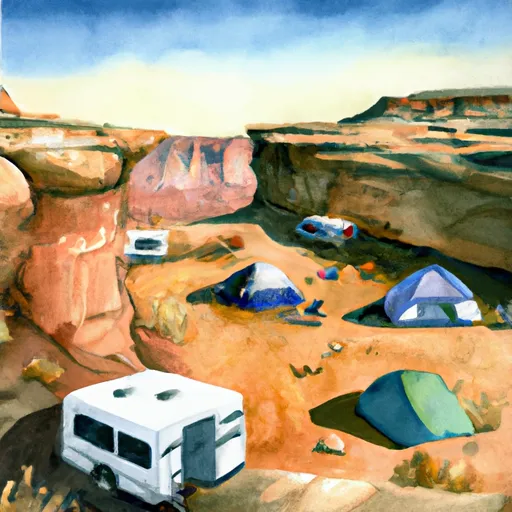 West Rim 5
West Rim 5
|
||
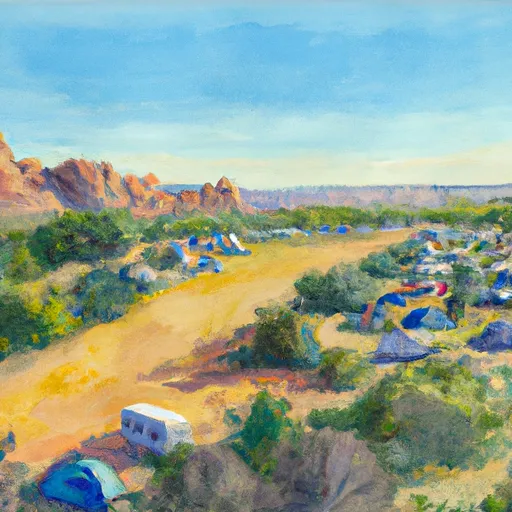 South Campground Site 125
South Campground Site 125
|
||
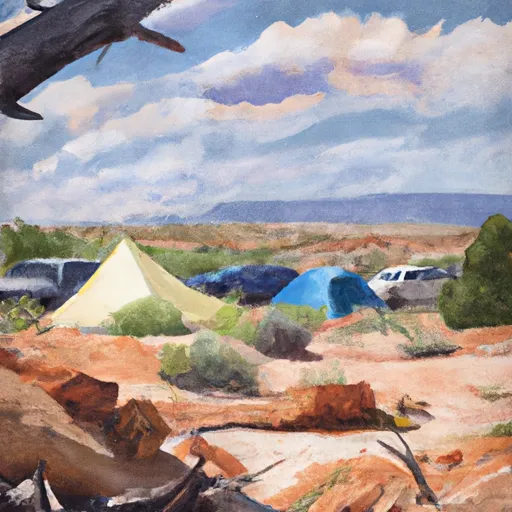 South Campground Site 118
South Campground Site 118
|
||
 South Campground Site 114
South Campground Site 114
|
||
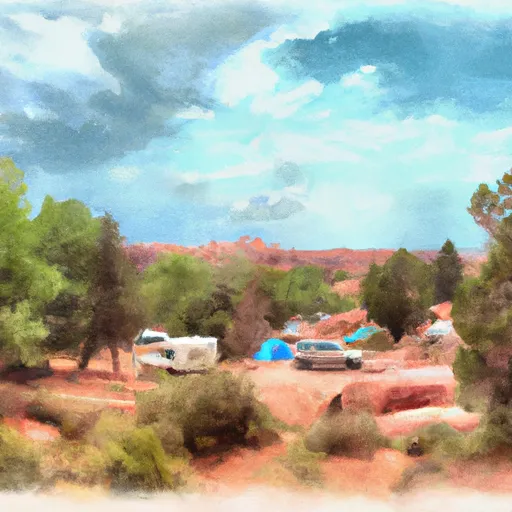 South Campground Site 126
South Campground Site 126
|
||
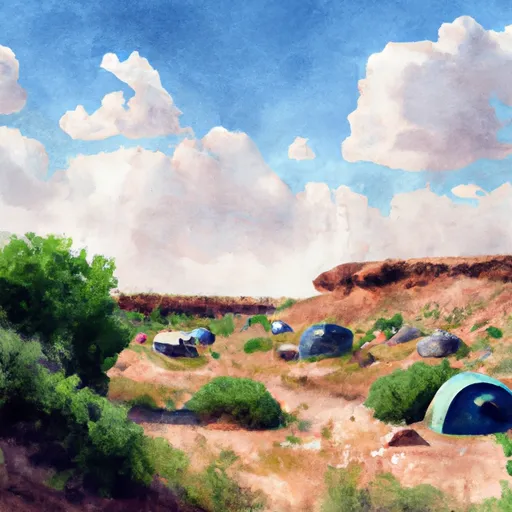 South Campground Site 104
South Campground Site 104
|
